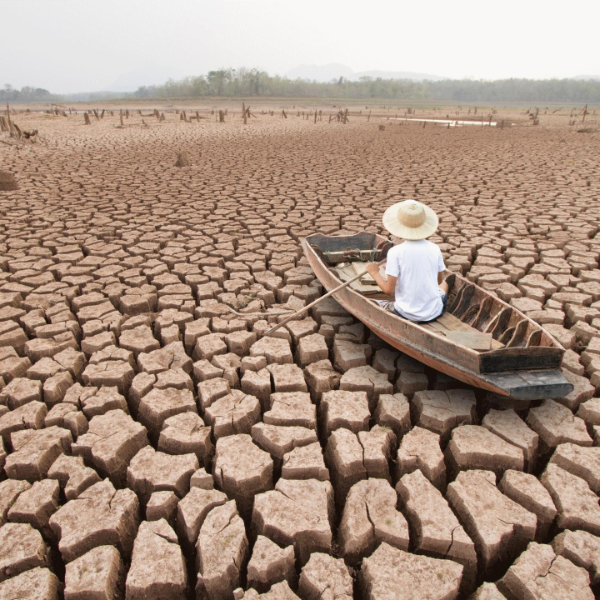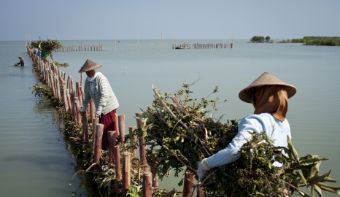Fight against climate change

Somehow everyone is faced with the impact of climate change on a daily basis, as witnessed by changing weather patterns, rising sea levels due to melting ice caps, or extreme meteorological phenomena such as drought, flooding, tsunamis and storms. Global warming impacts the lives of millions of people worldwide. However, animals and ecosystems are also subject to climate change and adapt accordingly.
Scientists are in agreement on the cause of this worldwide problem – human activities. The reason is that the concentration of greenhouse gases, including CO2, in the atmosphere continues to increase. In December 2015, the Paris Agreement was negotiated by the 195 countries attending the Conference of the Parties of the United Nations Framework Convention on Climate Change. The agreement is concerned with the mitigation of greenhouse gas emissions “to hold the increase in the global average temperature to well below 2 °C above pre-industrial levels and to pursue efforts to limit the temperature increase to 1.5 °C above pre-industrial levels, recognising that this would significantly reduce the risks and impacts of climate change”.
How does Witteveen+Bos support this?
“Ours can be the first generation to end poverty – and the last generation to address climate change before it is too late”, said Ban-Ki Moon in one of his speeches. And that is what our engineers work on on a daily basis. Every day, we work on the transition to a sustainable society.
Sustainable energy
By using our knowledge in the field of sustainable energy. From offshore wind farms to residential districts not connected to the gas main, and affordable energy storage. The energy transition is in full swing and is characterised by complex and large-scale projects. Witteveen+Bos helps clients to make small steps forward and to develop realistic transition roadmaps for the short and medium term. These plans take account of new innovations and technologies to make sure plans can be adapted. However, we do more than make plans – our engineers perform all the necessary calculations to be able to get from a plan to a feasible project.
Economical use of natural resources
Engineers at Witteveen+Bos use the ‘Trias’ design principle, a strategy to ensure designs are energy- and resource-efficient. Our designs are centred on minimal resource usage and circularity. Our designers learn to think in terms of functional service life, which means they also think about closing chains. While creating designs, the potential reuse of materials as raw materials is factored in.
Protection of vulnerable areas
Witteveen+Bos is also committed to protecting vulnerable areas. We help clients in every way possible to enable them to take measures and make themselves less vulnerable to the impact of climate change in different fields ranging from coastal protection to flood defences.



